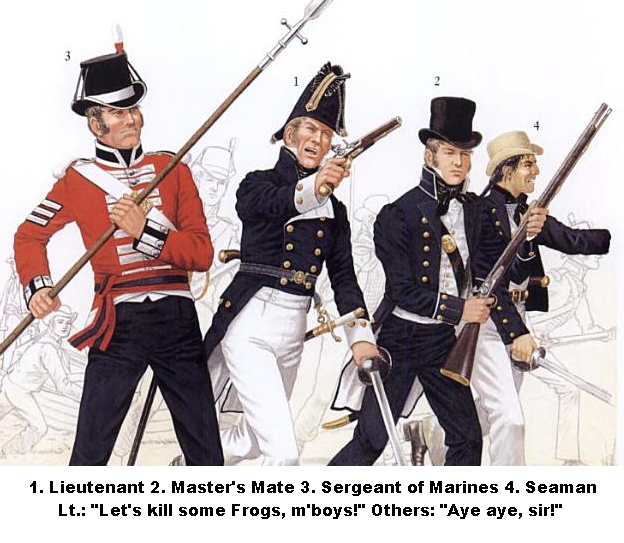
Flag rank officers commissioned officers warrant officers inferior warrant officers ans petty officers. The divisions of rank were. This page is intended to clarify the structure of ranks and their duties in the royal navy during nelson s time.

Throughout naval fiction books many ranks are mentioned and the characters undertake various duties. Rank insignia are on brown or dark blue shoulder boards in all dresses save for the combat. The major general rank since 1996 is the highest rank of the officer corps but in the past generals and lieutenant generals headed the corps and from 1857 to 1957 the corps also had the unique ranks of colonel second commandant and colonel commandant.

The scarlet tunic continues to be used into the 21st century with several armed forces of the commonwealth of nations adopting them as. Red coat also spelled as redcoat or scarlet tunic is a military garment used widely though not exclusively worn by most regiments of the british army royal marines and some colonial units within the british empire from the 17th to the 20th centuries. Must serve as ensign for two years before being eligible to purchase a commission to lieutenant lieutenant normally commands a small tactical unit such as a platoon a lieutenant often takes the place of a superior officer when that officer is absent.

Private an individual person without any rank ensign primary role is to carry regimental colors into battle. See more ideas about royal navy officer royal navy navy uniforms. Jul 7 2020 18th century british royal navy officer uniforms.

Royal navy ships were led by commissioned officers of the wardroom which consisted of the captain his lieutenants as well as embarked royal marine. In the 18th century royal navy rank and position on board ship was defined by a mix of two hierarchies an official hierarchy of ranks and a conventionally recognized social divide between gentlemen and non gentlemen. Royal navy ships were led by commissioned officers of the wardroom which consisted of the captain his lieutenants as well as embarked royal marine.

In the 18th century royal navy rank and position on board ship was defined by a mix of two hierarchies an official hierarchy of ranks and a conventionally recognized social divide between gentlemen and non gentlemen. On ceremonial or parade uniforms these ranks continue to be worn on the epaulettes either as cloth slides or as metal clips although on the modern working dress daily uniform they are usually. Badges for field officers were first introduced in 1810 and the insignia was moved to the epaulettes in 1880.

Listed in the table below are the insignia emblems of authority of the british army.
18th century british naval ranks. In the 18th century royal navy rank and position on board ship was defined by a mix of two hierarchies an official hierarchy of ranks and a conventionally recognized social divide between gentlemen and non gentlemen. Royal navy ships were led by commissioned officers of the wardroom which consisted of the captain his lieutenants as well as embarked royal marine officers all of whom were. The british army in the 18th century was commonly seen as disciplined regimented and harsh. Camp life was dirty and cramped with the potential for a rapid spread of disease and punishments could be anything from a flogging to a death sentence.
Yet many men volunteered to join the army to escape the bleak conditions of life in the cities for a chance to travel the world and earn a regular.

Yet many men volunteered to join the army to escape the bleak conditions of life in the cities for a chance to travel the world and earn a regular. Camp life was dirty and cramped with the potential for a rapid spread of disease and punishments could be anything from a flogging to a death sentence. The british army in the 18th century was commonly seen as disciplined regimented and harsh.

Royal navy ships were led by commissioned officers of the wardroom which consisted of the captain his lieutenants as well as embarked royal marine officers all of whom were. In the 18th century royal navy rank and position on board ship was defined by a mix of two hierarchies an official hierarchy of ranks and a conventionally recognized social divide between gentlemen and non gentlemen.











